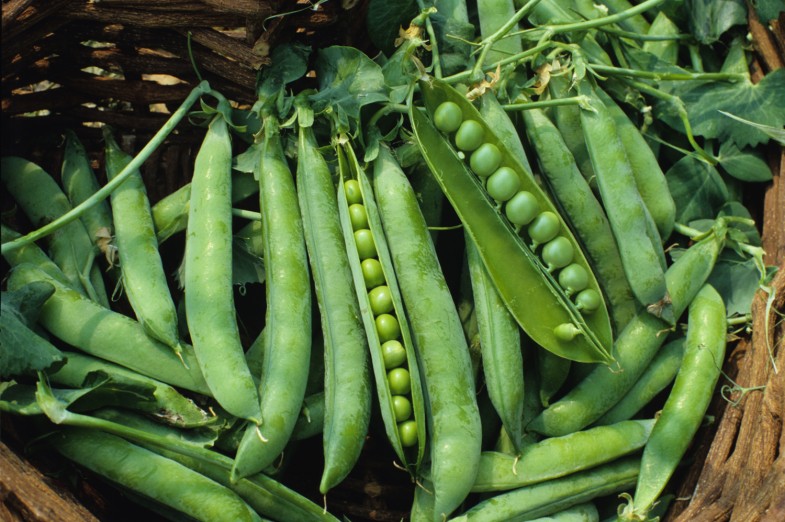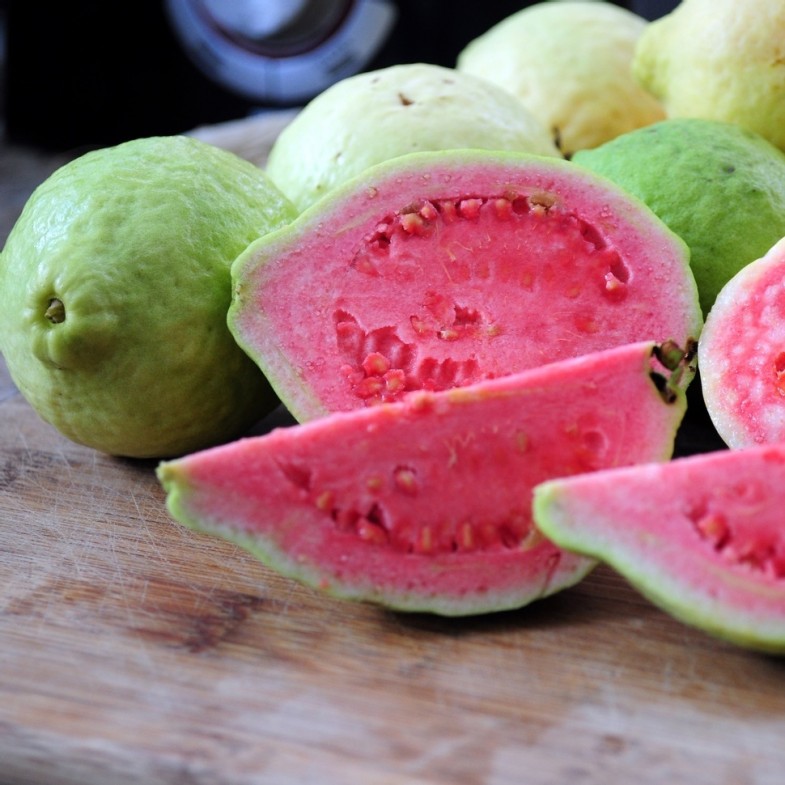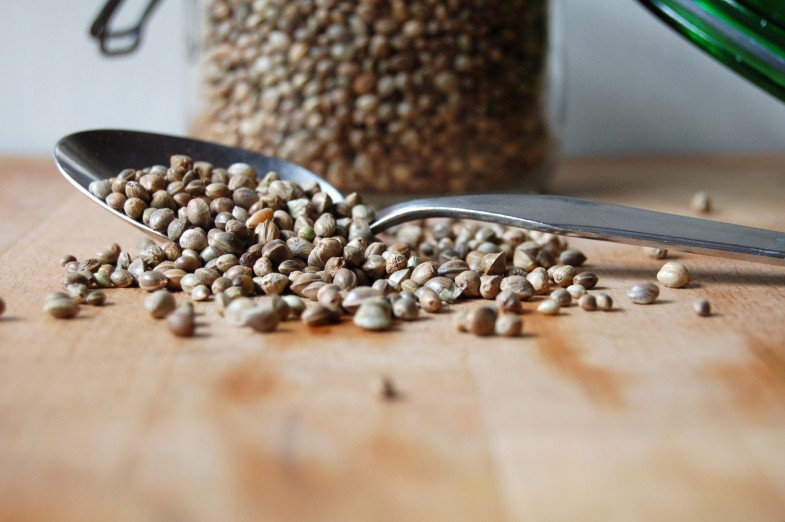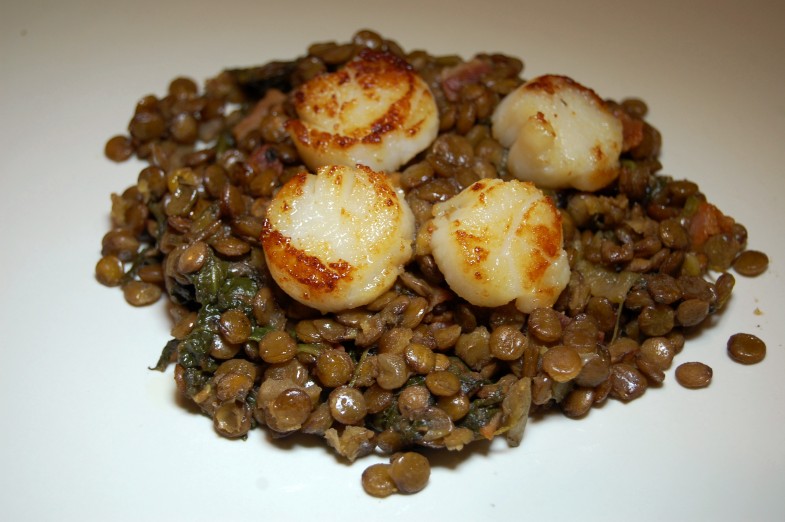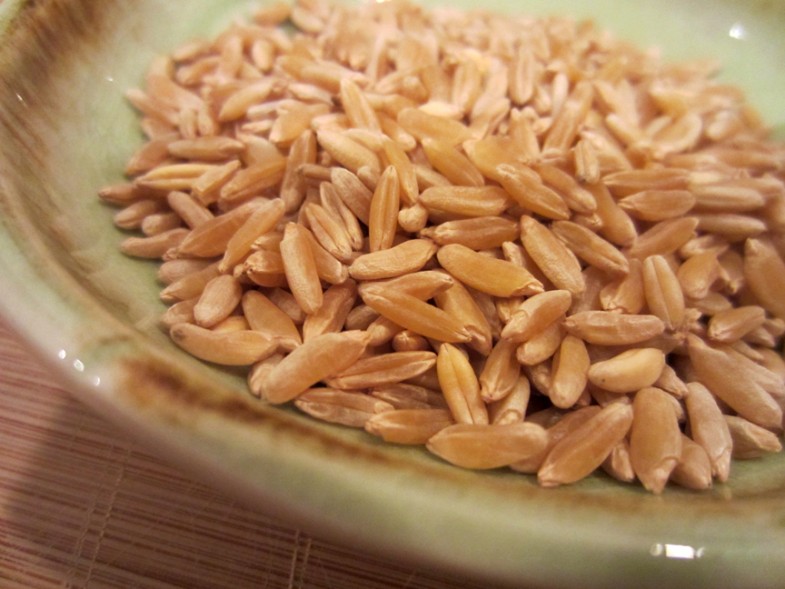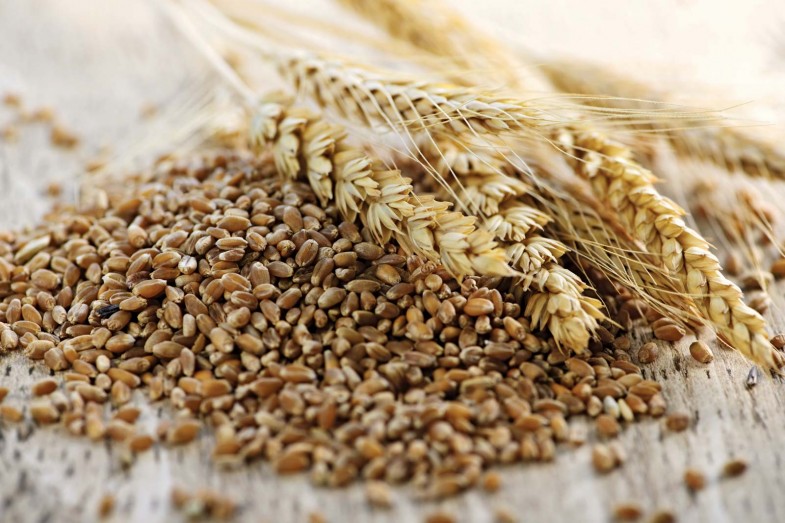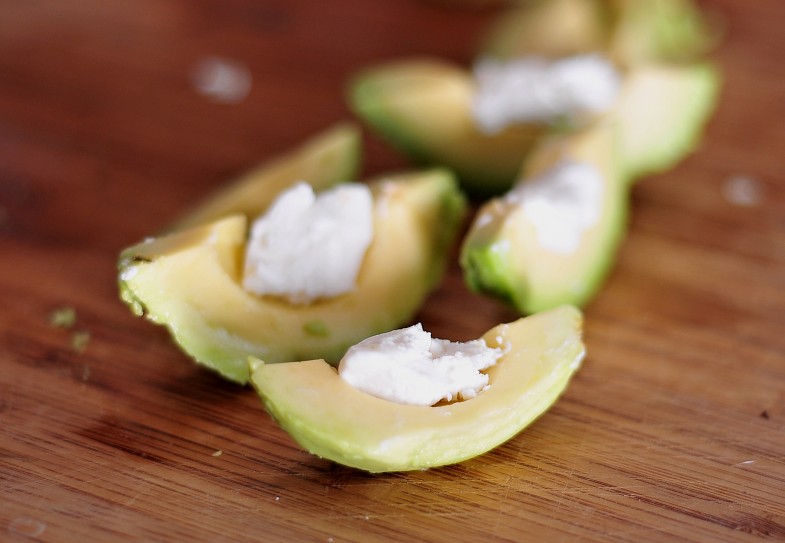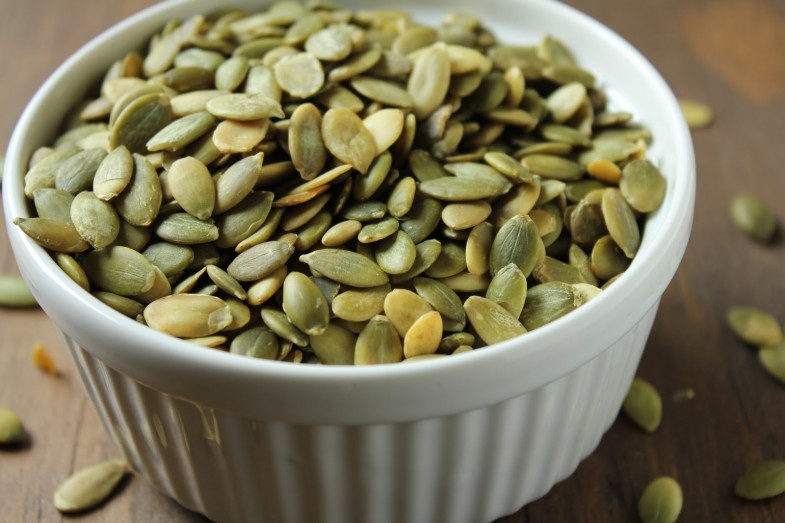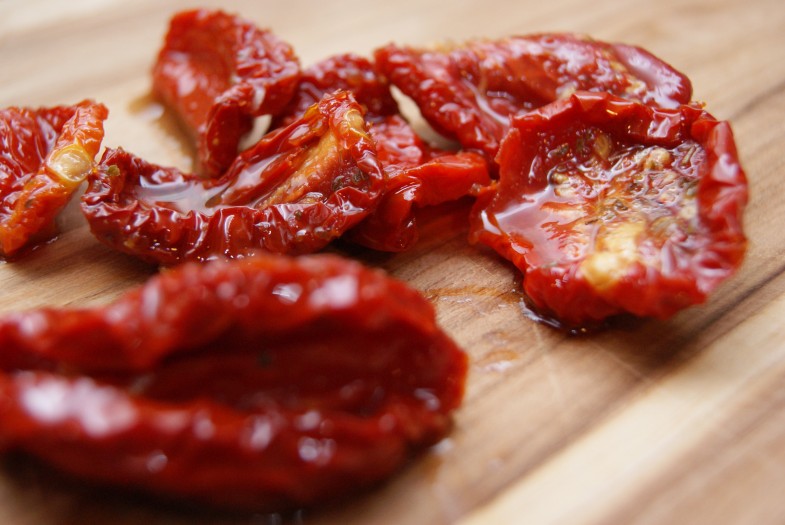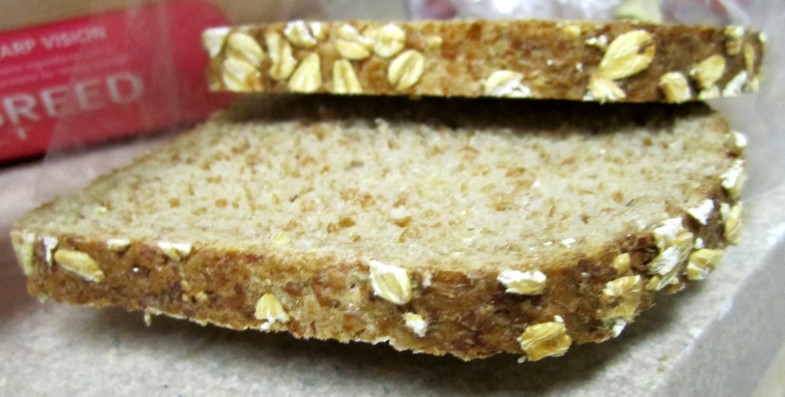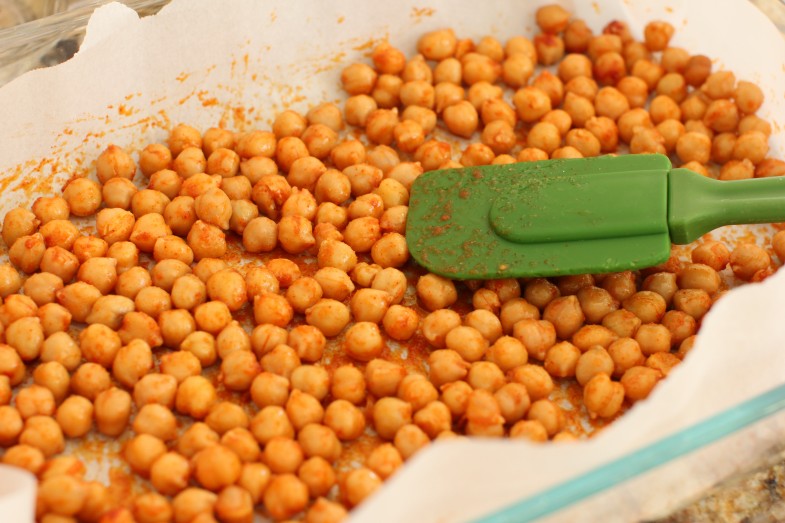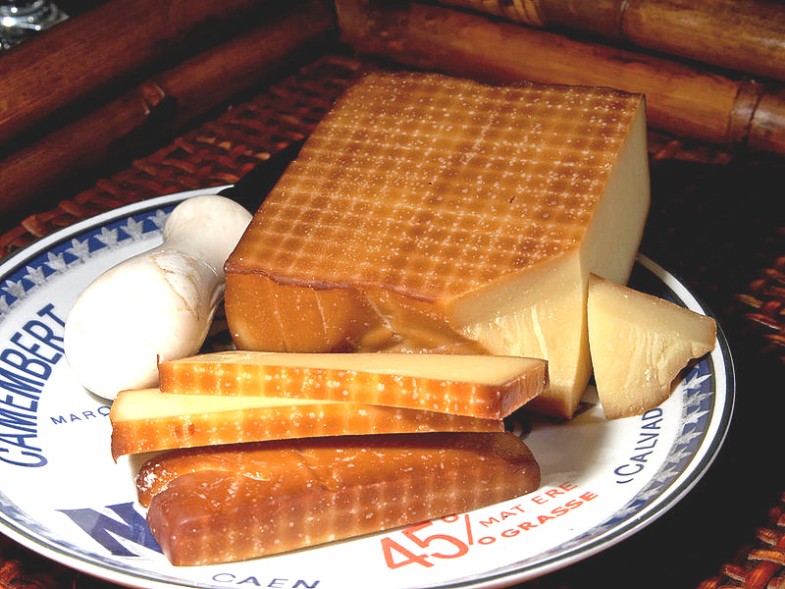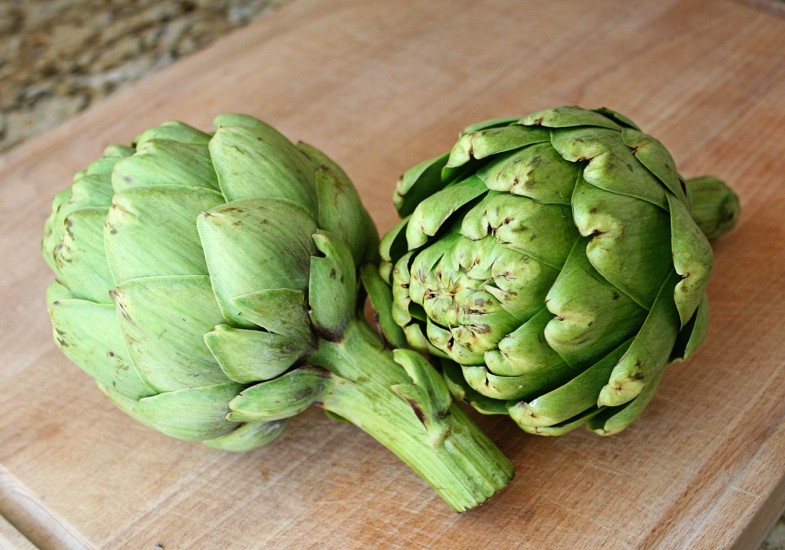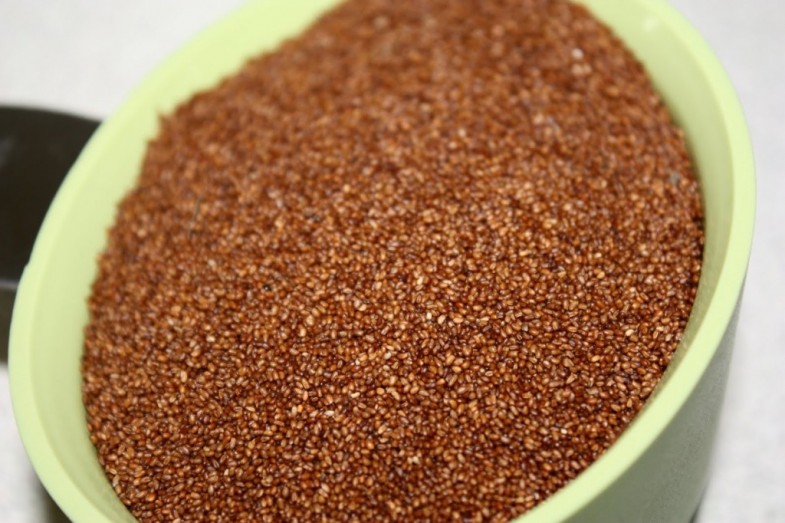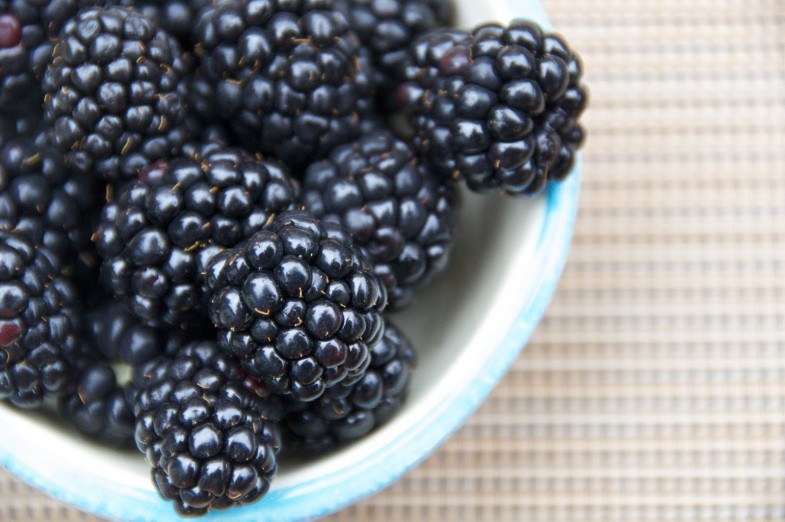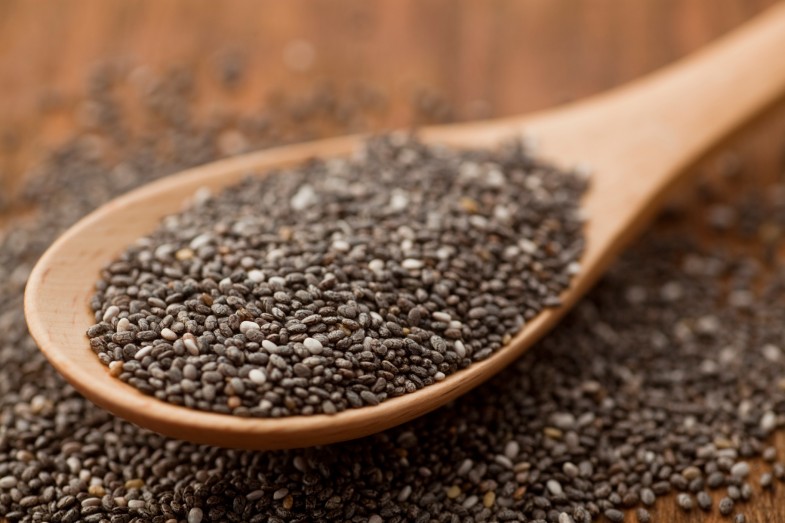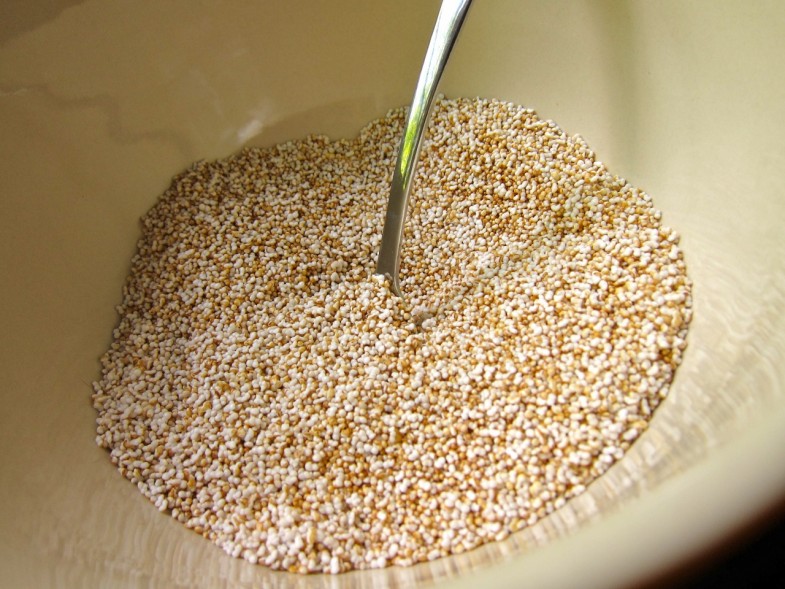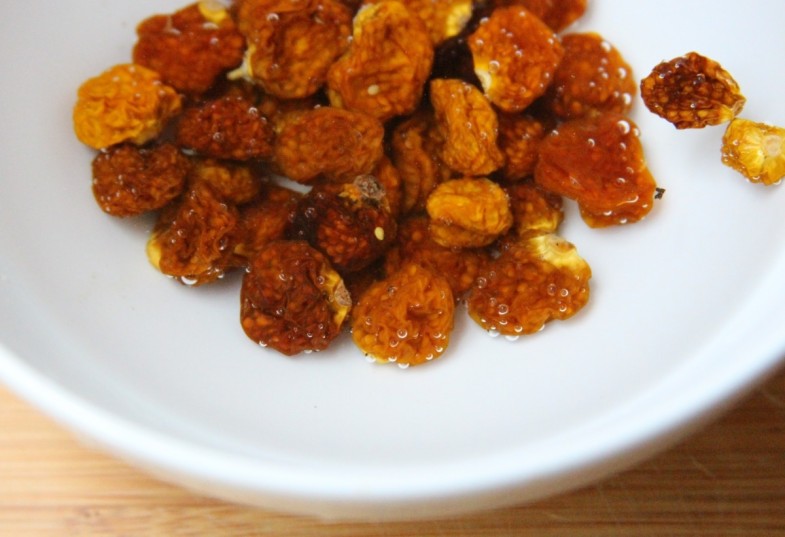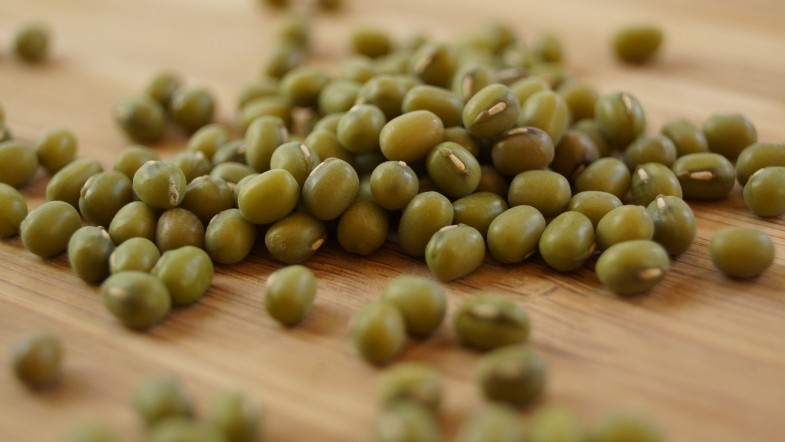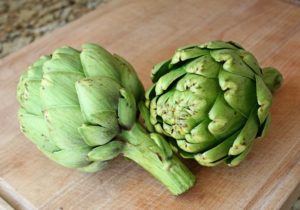
You know you need protein for a flat belly diet: It’s a crucial building block for lean muscle, which in turn burns fat. But you probably don’t realize how many different foods will give you a serious amount, including fruits and veggies. In fact, a number of unsung and surprising foods pack almost as much — or even more — protein than an egg. (For reference, that’s 6 grams.)
1. GREEN PEAS
Amount of Protein: 8 g per cup (14% DV)
It’s enough to make Popeye do a spit take: Despite their wimpy reputation, a cup of green peas contains eight times the protein of a cup of spinach. And with almost 100% of your daily value of Vitamin C in a single cup, they’ll help keep your immune system up to snuff.
How to Enjoy Them: Layer them into a mason jar salad or add them to an omelet to boost eggs’ satiating power.
2. GUAVA
Amount of Protein: 4.2 g per cup (8% DV)
The highest-protein fruit, guava packs more than 4 grams per cup, along with 9 grams of fiber and only 112 calories. With 600% of your DV of Vitamin C per cup — the equivalent of more than seven medium oranges! — the tropical fruit should merengue its way into your shopping cart ASAP.
How to Enjoy Them: The fairly complicated preparation process involves slicing and eating. You can also toss them into just about any type of salad, slip slices into a detox water, or make homemade popsicles with a fraction of the sugar of storebought.
3. Hemp Seeds
Amount of Protein: 6 g per tablespoon (11% DV)
Similar in taste to sunflower seeds, these nuts are derived from hemp seeds, which are also used to grow cannabis. (We know what you’re thinking. The answer is no.) By weight, hemp seed nuts provide more high-quality protein than even beef or fish. Each nut is also packed with heart-healthy alphalinoleic acid. Find them in your local health-food store or in the natural-products section of your grocery store.
How to Enjoy Them: Eat them straight from the bag, or sprinkle a handful on salads or in your morning oatmeal.
4. LENTILS
Amount of Protein: 18 g per cup (36% DV)
Here are some pretty amazing proportions: One cup of lentils has the protein of three eggs, with less than one gram of fat! Their high fiber content makes them extremely satiating, and studies have shown that they speed fat loss: Spanish researchers found that people whose diets included four weekly servings of legumes lost more weight and improved their cholesterol more than people who didn’t.
How to Enjoy Them: Eat them on their own as a side or simmer them into a number of all-season soups.
5. KAMUT
Amount of Protein: 11 g per cup, cooked (20% DV)
This ancient grain, which you can use in place of quinoa, has 3 more grams of protein per cup than its trendy cousin. It’s high in magnesium, potassium and iron, with 21 g of fiber per cup. Bonus: A study published in the European Journal of Clinical Nutrition found that eating kamut reduces cholesterol, blood sugar and cytokines, which cause inflammation throughout the body.
How to Enjoy It: Toss it into salads or eat it as a side dish on its own. And if you’re looking for a quick way to turbocharge your own weight-loss, sip your way thin with The 7-Day Flat-Belly Tea Diet and Cleanse. Test panelists lost up to 10 pounds in just one week!
6. TRITICALE
Amount of Protein: 12 g in 1/2 cup (24% DV)
You may not have heard about this wheat-rye hybrid, but it just might become your favorite. An able stand-in for rice or quinoa, triticale packs twice as much protein as an egg in one 1/2 cup serving! It’s also rich in brain-boosting iron, muscle-mending potassium and magnesium, and heart-healthy fiber.
How to Enjoy It: Use triticale in place of rice and mix it with soy sauce, fresh ginger, cloves, shiitake mushrooms and edamame to make a healthy, Asian-inspired dish. You can also use triticale flour in place of traditional flour in your baking.
7. GOAT CHEESE
Amount of Protein: 5 g per 1 oz serving (9% DV)
Dairy products are famously protein rich, but this versatile cheese (dare we say the most versatile?) is truly impressive: You can get nearly 10% of your daily protein from a 1 oz, 76-calorie serving.
How to Enjoy It: Crumble goat cheese over a colorful salad and top it with ourZero Belly Vinaigrette dressing; use a watermelon or chickpea base to ratchet up the fat-burning benefits. Or combine feta with other flat-belly ingredients to make a creative healthy homemade pizza, like the arugula-and-cherry number above.
8. PUMPKIN SEEDS
Amount of Protein: 8 g per 1/2 cup (14% DV)
When it comes to healthy snack foods, almonds and walnuts are always on the A-list, but pumpkin seeds, a.k.a. pepitas, are an underrated winner. One half-cup serving has 20% more protein than an egg, and is high in iron, potassium, phosphorus, magnesium and immune-system-boosting zinc.
How to Enjoy Them: Add pumpkin seeds to salads, oats and yogurt, or grab a handful as a snack.
9. SUN-DRIED TOMATOES
Amount of Protein: 6 g per cup (12% DV)
Tomatoes are packed with the antioxidant lycopene, which studies show can decrease your risk of bladder, lung, prostate, skin, and stomach cancers, as well as reduce the risk of coronary artery disease. Just one cup of the sun-dried version will lend you 7 grams of fiber, ¾ of your RDA of potassium—which is essential for heart health and tissue repair—and 50% of your RDA of vitamin C, the superstar antioxidant that prevents DNA damage. They’re also rich in vitamins A and K.
How to Enjoy Them: Use them as a pizza topping, a tangy addition to salads, or snack on them right out of the bag.
10. SPROUTED WHOLE-GRAIN BREADS
Amount of Protein: 8-12 g in two slices (14-21% DV)
Not all breads are carb bombs waiting to shatter your weight loss goals. This nutrient-dense bread is loaded with folate-filled lentils and good-for-you grains and seeds like barley and millet.
How to Enjoy It: Make a protein-packed veggie sandwich overflowing with wholesome nutrients. On two slices of sprouted whole-grain bread combine tahini-free hummus, avocado slices, roasted red peppers, cucumbers, onions, spinach and tomatoes.
11. CHICKPEAS
Amount of Protein: 11 g in one cup (20% DV)
You might not think of the little beige bullets as a superfood, but it’s time to start. High in nutrients and soluble fiber, chickpeas are a prime weight-loss weapon, increasing feelings of satiety by releasing an appetite-suppressing hormone called cholecystokinin.
How to Enjoy Them: Use chickpeas as a base for a salad incorporating tomatoes and feta, blend them into homemade hummus with lemon and olive oil, or roast them (above) for a superhealthy alternative to chips. You can also substitute chickpea flour for a portion of the regular flour you use in baking; it contains almost twice as much protein as the standard white stuff.
12. GRUYÈRE CHEESE
Amount of Protein: 8 g per 1 oz slice (14% DV)
Here’s an excuse for a wine-and-cheese hour: The schmancy Swiss cheese (don’t forget the accented ‘e’) contains 30% more protein than an egg in one slice, plus one-third of your RDA of vitamin A.
How to Enjoy It: If you’re looking to indulge, keep your serving to the size of four dice, and moderate your vino to one glass for women, two glasses for men, to get the bad-cholesterol-lowering benefits of the antioxidant resveratrol. Also, slim down fast by offsetting all these empty calories with these 8 Best-Ever Superfoods for a Flat Stomach!
13. ARTICHOKES
Amount of Protein: 4.2 g in 1 medium artichoke (7.5% DV)
Ghrelin is your body’s “I’m hungry” hormone, which is suppressed when your stomach is full, so eating satiating high-fiber and high-protein foods is a no-brainer. The humble artichoke is a winner on both counts: It has almost twice as much fiber as kale (10.3 g per medium artichoke, or 40% of the daily fiber the average woman needs) and one of the highest protein counts among vegetables.
How to Enjoy It: Boil and eat the whole shebang as a self-contained salad (why not add a little goat cheese and sun-dried tomatoes?), toss the leaves with your favorite greens and dressing, or peel and pop the hearts onto healthy pizzas and flatbreads.
14. TEFF
Amount of Protein: 13 g in 1/2 cup (23% DV)
Dubbed the next big thing in grains, teff has some calling it “the new quinoa,” and Lisa Moskovitz, RD, says that label is well deserved. “It’s a more complete amino acid-packed protein than quinoa itself,” she says. “That makes it great for anyone who wants to keep calories low and protein high.” Moskovitz says the health benefits don’t stop there. Teff is “also a good source of fiber, in addition to containing 30 percent of your daily value of blood-pumping iron.” All that fiber and protein add up to one key element in your slim-down efforts: appetite control.
How to Enjoy It: Cook teff as a simple side dish with some Parmesan, onions, fresh garlic and tomatoes, or use it as a base for breakfast porridge. Add honey, fruit, and unsweetened coconut flakes for some additional flavor and crunch.
15. BLACKBERRIES
Amount of Protein: 2 g per cup (3.5% DV)
The fruit with the second-highest amount of protein (behind guava), blackberries’ benefits are strictly front-of-the-pack. They boast phytonutrients that help blood clot and keep bones healthy, as well as the antioxidant lutein, which supports eye health. Plus, with 8 grams of fiber per cup (almost as much as soybeans), blackberries are one of the 11 Best High-Fiber Foods for Weight Loss.
How to Enjoy Them: Scarf them by the handful, add them to whole-wheat pancakes, or sprinkle them into plain Greek yogurt for a high-protein breakfast without excess sugar.
16. CHIA SEEDS
Amount of Protein: 5 g per 1 oz serving (9% DV)
One of the hallmarks of a balanced diet is to have a good ratio of omega-6 fatty acids to omega-3s. A 4:1 ratio would be ideal, but the modern American diet is more like 20:1. That leads to inflammation, which can trigger weight gain. But while eating a serving of salmon every day isn’t exactly convenient, sprinkling chia seeds—among the most highly concentrated sources of omega-3s in the food world—into smoothies, salads, cereals, pancakes or even desserts is as easy a diet upgrade as you can get.
How to Enjoy It: Bring a chia-based snack to work that you can reach for (guilt free!). Try making chia pudding with 1/2 cup chia seeds, 2 cups unsweetened almond milk and vanilla extract to taste. In a rush? Stock up on Chia Pods for a quick grab-and-go snack.
17. AMARANTH
Amount of Protein: 14 g per 100 g serving (25% DV)
Like quinoa, this nutrient-packed seed is native to the Americas and was a staple of the Incan diet. The grain-like seeds have a mild, nutty taste. Gram for gram, few grains can compete with amaranth’s nutritional portfolio. It’s higher in fiber and protein than wheat and brown rice, it’s loaded with vitamins, and it’s been shown in studies to help lower blood pressure and harmful LDL cholesterol.
How to Enjoy It: Amaranth cooks up just like rice, but it’s even more versatile. Toss it with grilled vegetables as a bed for chicken or steak, or with apples, almonds, and goat cheese for a serious salad.
18. GOLDENBERRIES
Amount of Protein: 5 g per serving (9% DV)
These tangy, dark yellow berries are native to South America, where they’re sold fresh or made into preserves. In the United States, you’re more likely to find the fruit dried and bagged.
One serving of dried goldenberries contains 4 grams of protein and 5 grams of fiber. They’re also a great source of vitamin A and disease-fighting antioxidants. You can find them at Whole Foods.
How to Enjoy Them: Snack on the dried berries alone like you would raisins, or toss a handful on a salad or your breakfast cereal.
19. MUNG BEANS
Amount of Protein: 24 g per 1/2-cup serving (43% DV)
Commonly eaten in China and India, these beans have a tender texture and a sweet, nutty flavor. They’re high in potassium, iron, and fiber, but they’re also 24 percent protein. What’s more, unlike many other legumes, mung beans retain most of their high levels of vitamin C even after they’re boiled.
Source: eatthis.com
